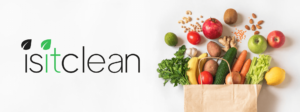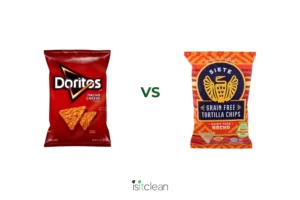
Acesulfame potassium is a zero-calorie sweetener that is added to many sugar-free…



Konjac, derived from the tuber of the Amorphophallus konjac plant, is a starchy root vegetable native to Southeast Asia. The production process for konjac involves extracting the glucomannan, a water-soluble dietary fiber, from the plant’s corm. It is extracted by peeling and slicing the konjac, adding an alkaline and acid solution, and dried into a powder. This konjac flour or konjac gum is then used as a thickening agent and gelling agent in various food products, such as noodles, vegan meat alternatives, and jellies. Due to its low-calorie content and high water-absorbing capacity, konjac is often utilized in the food industry for its unique texture and for use in the production of low-calorie and low-carbohydrate food options.

Konjac is a whole food and glucomannan, it’s fiber, is processed gently without harsh chemicals. Konjac has been studied for various health benefits, including improving metabolic parameters of obesity and type 2 diseases, enhancing the health of the gut, and providing anti-inflammatory effects.
Health is like a bank account, certain ingredients make a deposit into your health bank, meaning they add to
your health. Certain ingredients withdraw from your health bank. We want health promoting ingredients in our diet. To keep things simple, we rate ingredients on a green, yellow, red scale:

It is naturally occurring in food and has no harmful effects on the body. It is real food. It is health promoting.

It goes into one or more of the below categories

It is known to have a harmful effect on the body (ex. All food colorings, Natural Flavors, MSG, Potassium bromate, aspartame, artificial flavors)



The Food Showdown: Popcorners flavors
Ingredient Rating: Canola oil – is it bad for you?
Clean Consuming: Nourishment for your

We have accomplished so much in just 1 year since our launch in March of 2023! We now have 10,000

The Nacho Chip Food Showdown, is Tapioca Starch safe in food? and a must-see documentary on America’s food system.
Stay in the know with the latest ratings, articles, and our newsletter, The Dirt.